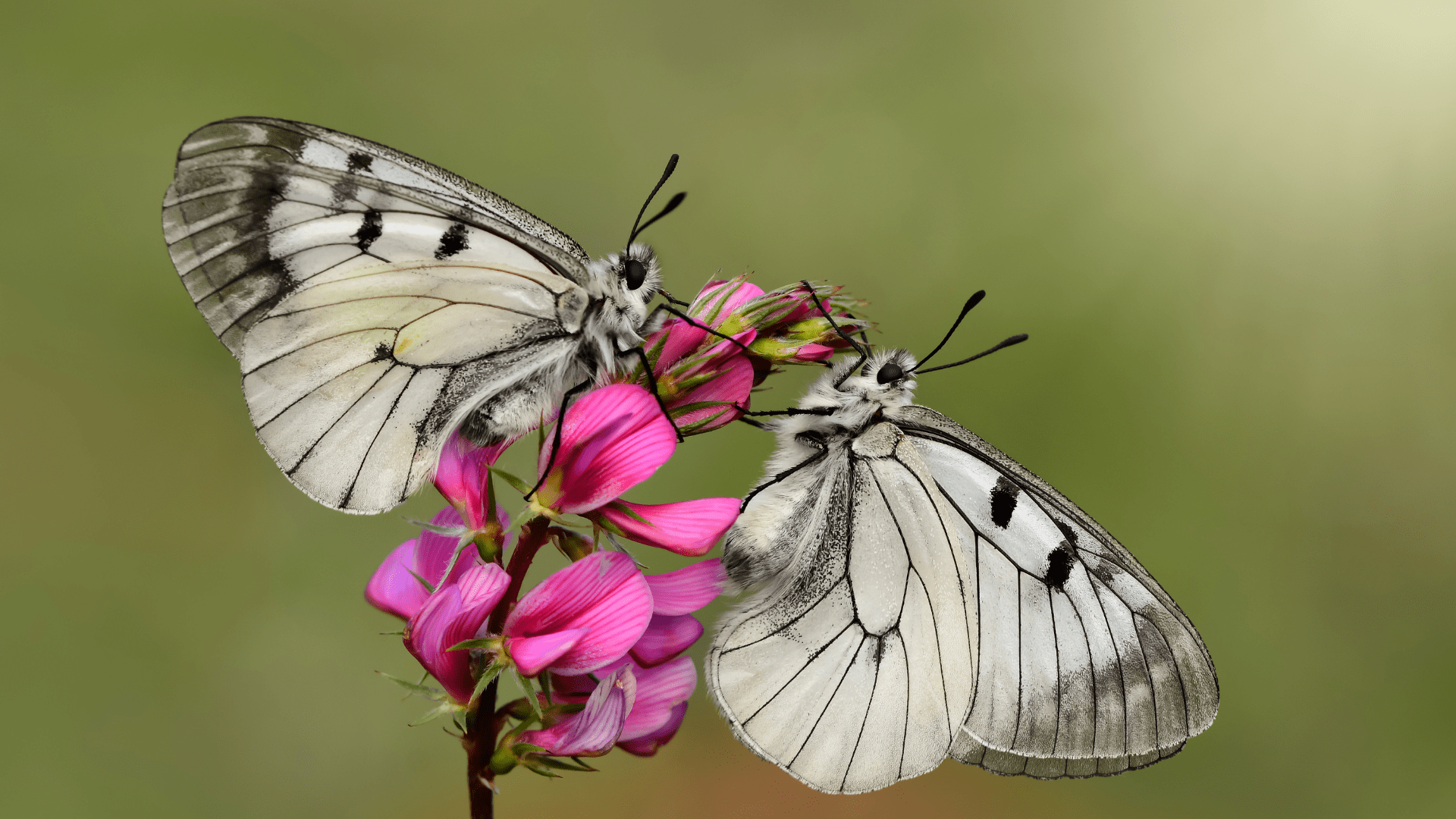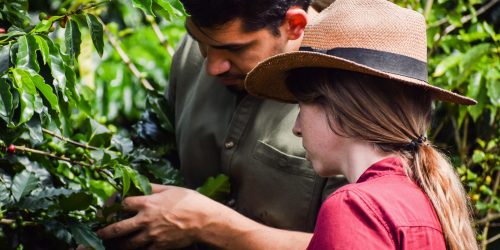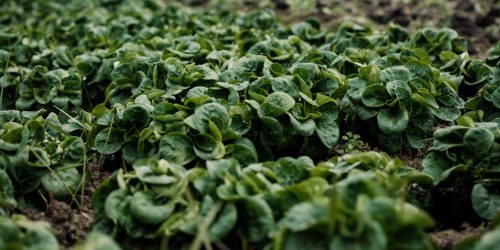Imagine a world where the intricate web of life begins to unravel, where species vanish silently, ecosystems crumble, and the very balance that sustains life on Earth teeters on the edge. This is the hidden crisis of biodiversity loss, a challenge more urgent than ever. Despite its crucial role in maintaining healthy ecosystems, biodiversity often goes unnoticed. Biodiversity is not just about saving animals or plants, it’s about preserving the very systems that provide us with clean air, water, food, and climate stability. In this blog, we will dive into the challenges of protecting biodiversity, the gaps in our understanding, and why securing the future of life on Earth should be at the heart of every conversation in addressing the climate crisis.
What is Biodiversity?
Biodiversity can be defined as the variety of living things on our planet including animals, plants, insects and microorganisms such as fungi and bacteria. Biodiversity is a key indicator of how healthy an ecosystem is. Lots of different species depend on each other to survive and thrive so ecosystems need to be balanced and diverse in order to be healthy.
Why is Biodiversity Important?
Without biodiversity, we would not have clean air, fresh water, healthy soil or sustainable food sources. It leads to healthy ecosystems that create all these vital things we need.
Healthy ecosystems give us many essentials we often take for granted. For example, plants capture energy from the sun, making it available to other life forms. Bacteria and other organisms break down organic matter into nutrients, enriching the soil for plants to grow. Pollinators play a crucial role in plant reproduction, ensuring our food supply. Additionally, plants and oceans act as major carbon sinks, helping to regulate our climate.
Main Benefits of Biodiversity
Biodiversity provides a number of benefits including:
Clean Air
Trees are one of the most effective carbon capture methods available. Without trees, the air we breathe would no longer be safe and the process of global warming would happen at a much faster rate.
Trees and forests help clean the air by absorbing carbon dioxide. They remove carbon dioxide by trapping it through a process known as sequestration, storing it in their leaves and converting it into oxygen during photosynthesis.
Sustainable Food Sources
Biodiversity helps food sources in many vital ways including:
- Pollination: A wide variety of crops depend on insects, birds and certain animals to pollinate. When animals eat fruit, the seeds of the plant are dispersed in their waste which results in new plants growing helping the ecosystem flourish.
- Soil health: Biodiversity helps create healthier soil containing bacteria, fungi and worms, which as a result makes it easier to grow crops. It’s also more resilient as healthy soil can retain more moisture, so plants and crops have a higher chance of surviving during dry periods.
- Pest control: Certain species of birds, insects and toads feed on pests that threaten your crops, decreasing the need for chemical pesticides.
- Resilience: Crops are more resistant to disease and are able to better adapt to changing environmental conditions.
- Varied food selection: Having a diverse selection of plants and animals we can use for food helps ensure we have a diverse diet that is nutritious and also sustainable.
Creating Medicine
Many medicines that are crucial to us come from compounds found in plants, animals and microorganisms. There’s a much higher chance of finding new compounds that can lead to new revolutionary medicines if there’s a wider variety of wildlife.
Healthy ecosystems ensure there are enough sources of medicinal compounds available to mass produce medicine like penicillin, aspirin and morphine.
Flood Protection
Trees, bushes, wetlands and grasslands help to reduce the risk of flooding by absorbing rainfall. Biodiversity leads to healthy soil that is rich in bacteria, fungi and insects. The supply of nutrients trees and plants are able to attain in soil like this helps them to grow strong and healthy.
Healthy soil is also able to absorb more water as the roots of trees hold soil together and prevent erosion that can occur when it becomes sodden from heavy rainfall. The soil would become polluted with chemicals.
Improved Water Quality
Biodiversity helps purify water and ensure our natural water sources are safe to drink.
Water that has a biologically diverse plant species is more effective at removing pollutants. Plants are able to trap pollutants, preventing them from entering water sources. Types of algae are also able to absorb nitrate pollution.
The roots of trees and plants help to give stability to soil and reduce soil from being washed into bodies of water. Healthier soil is also able to absorb rainwater more effectively reducing the effects of runoff which can see harmful contaminants flowing into water bodies.
Types of Biodiversity
Genetic Diversity
Genetic diversity is the variation of genes within a species. Traits such as hair colour, eye colour, size and disease resistance are just a few examples of genetic diversity. It’s important as it helps a species adapt to environmental changes or different diseases helping reduce the chances of a species dying out.
Genetic variations apply to humans, animals, insects, plants and microorganisms.
Species Diversity
The variety of different species that can be found in a distinct area is referred to as species diversity. The variety of plants, animals and microorganisms can differ depending on the area. A highly diverse ecosystem is a healthier one as there are more interactions among species helping to keep balance and ensure resilience to change.
Ecosystem Diversity
Ecosystem or ecological diversity refers to different types of ecosystems such as wetlands, rainforests, grasslands and coral reefs.
Different ecosystems have variations of the types of animals and plant life that can be found in them. The wildlife in an ecosystem live together and are connected by food chains and food webs.
Diverse ecosystems are more resilient to climate change or natural disasters. If a species is impacted, other species are able to fill gaps so the ecosystem is able to continue functioning.
Why is Biodiversity Decreasing?
In recent years, biodiversity has been decreasing at an alarming rate. This is largely down to human interference such as using or developing land, pollution and climate change.
Biggest reasons for biodiversity decreasing include:
- Land redevelopment: Habitats like forests, wetlands, and grasslands are being cleared for agriculture, commercial, residential and industrial purposes.
- Deforestation: The removal of forests, particularly the Amazon, has resulted in habitats for numerous species being lost. This also reduces carbon dioxide removal with fewer trees absorbing it.
- Climate change: Rising temperatures, altered weather patterns, and extreme events happening more regularly has severely impacted biodiversity resulting in species being unable to adapt. Certain animal and plant populations are decreasing with some becoming extinct.
- Pollution: Agricultural, industrial and waste disposal is severely harming air, water and soil conditions which harms animals, plants and microorganism.
- Invasive species: Introduction of aggressive species into new habitats can affect the balance of that ecosystem lowering native biodiversity.
- Overexploitation: Harvesting too many of the Earth’s resources through fishing, hunting and logging drastically reduces populations of certain species, increasing possibility of extinction
- Ocean acidification: Changes in the ocean’s pH as it becomes more acidic due to carbon dioxide pollution, severely impacts marine life including coral reefs.
Find out how biodiversity can be increased on farms.
How Can Farmers & Businesses Measure Biodiversity?
The Cool Farm Tool is one of the most effective ways for farmers and businesses to measure biodiversity and quantify their baseline impacts.
Knowing which species are benefiting or being harmed by practices can help them alter their approach to improve biodiversity impact.
Everything is scored so you can easily see your overall biodiversity performance.
Conclusion
Biodiversity is essential for the health of our planet, and if we don’t act quickly, we risk losing more species, which could severely impact our ecosystems further. The Cool Farm Alliance and our members are committed to preventing this loss and protecting our natural world. To learn more about our efforts or to calculate your impact on biodiversity, contact our team today.









